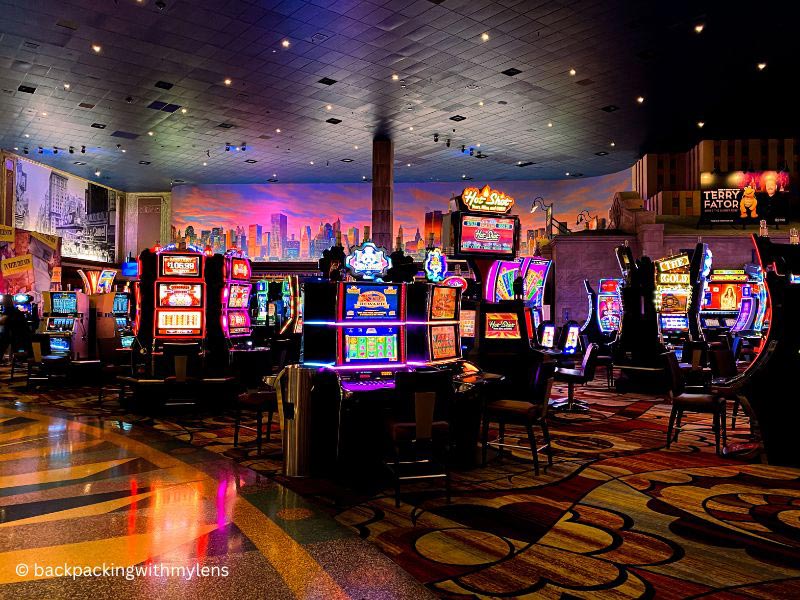The fascinating Psychology Behind Gambling Game Development

Casino games have long captivated human interest, drawing participants into a world filled with fortune, strategy, and the allure of thrill. Each experience is carefully crafted not just for enjoyment, but also to evoke particular emotional responses that keep players engaged and invested. Understanding the reasons behind these designs reveals much about how behavioral psychology plays a vital role in the gaming experience.
From the vivid lights and lively sounds to the complex layering of systems and incentives, casino games are designed to create an atmosphere of thrill and expectation. Game designers leverage mental cues to influence gambler behavior, whether through the use of jackpots, almost wins, or social interactivity. By examining these aspects, we can better appreciate how casino games fulfill not just a need for entertainment, but deeper psychological needs for thrill and uncertainty.
Understanding Player Behavior
Casino games are crafted with a thorough understanding of player psychology, which is crucial for attracting and keeping players. The excitement of the game, combined with the expectation of winning, establishes a strong allure. Game designers make use of elements like sonic elements, colorful graphics, and immersive gameplay to engage attention and evoke emotional responses. These sensory effects enhance the immersive experience, making players feel more involved in the game.
Another notable aspect of player behavior is the concept of risk and reward. Ga179 Casino games often manage high-risk scenarios with the potential for significant rewards, which can result in the occurrence known as near-miss effect. When players come close to winning, the brain releases dopamine, strengthening their behavior and prompting them to continue playing in quest of that elusive win. This cycle of anticipation and frustration plays a critical role in how games are constructed and promoted.
Lastly, community aspects also play a pivotal role in player behavior at casinos. Many games are designed to be played in groups or in company with other players, creating a sense of community and collective experience. The community engagement inherent in games like poker enhances enjoyment and can lead to extended gameplay. Designers leverage on this by creating environments that encourage players to stay, socialize, and revisit, making the overall casino experience more attractive.
The Role of Visuals and Audio
Imagery and sound play a significant role in elevating the gambler’s experience within gambling games. Designers utilize bold colors, striking graphics, and engaging animations to grab players' attention and sustain their focus. The use of themes, such as adventure or opulence, helps create an enthralling atmosphere that transports players into another world. By appealing to the senses, these elements add to a intensified emotional response, prompting players to engage more profoundly with the games.
Audio design is just as important in enhancing the overall experience of casino games. The mix of ambient music, sound effects for winning combinations, and ambient noises creates an auditory landscape that holds players fascinated. Audio cues associated with victories, such as ringing bells or celebratory music, evoke feelings of excitement and satisfaction, prompting players to continue playing. These audio cues are strategically placed to amplify the excitement of the game and create a more immersive experience.
Moreover, the alignment of visuals and sound is important for supporting the game's overall theme and atmosphere. Each element should coordinate harmoniously to create a unified experience that pulls players in. The effective use of this integration not only enhances user enjoyment but also boosts the likelihood of return play, as players become more engaged in the captivating world that the gambling games offer. This thoughtful integration of imagery and sound ultimately enhances player involvement and loyalty.
Reward Systems and Engagement
The design of casino games heavily depends on reward systems to ensure participants involved and coming back for additional experiences. These structures are rooted in behavioral principles that exploit human behavior and desire. Players are often driven by the excitement of winning, which is supported by immediate responses through the game's design. This prompt satisfaction not just enhances the gaming experience but also cultivates a sense of achievement, prompting participants to keep playing in hopes of greater rewards.
Gaming establishments implement various reward structures, including large payouts, extra rewards, and multipliers, to engage players. These elements create a level of excitement that maintains interest. Additionally, the randomness of results plays a crucial role in keeping attention. The variable reward system, where wins are unpredictable but happen often enough, keeps participants on edge and motivated to keep playing. This cycle of anticipation and anticipation is foundational to the effectiveness of casino games.
Moreover, social elements, such as competitive events and multiplayer features, boost the participation factor by tapping into the desire to compete of participants. The communal aspect of playing with others can amplify the thrill of success and create a community atmosphere within the casino. By combining these community elements with effective reward systems, gambling experiences don’t just offer entertainment but also nurture a stronger connection among participants, reinforcing their loyalty to the overall experience.
